Jellyfish washing up on the Fife coast could be a red flag for the climate crisis.
Warming seas caused by global warming are encouraging more jellyfish species to enter Scottish waters.
These creatures are better at dealing with pollution, over-fishing and low oxygen conditions than many of their competitors and predators.
“Sometimes we think the seas are endless and undamageable”. says Sean Flinn, Fife Climate Hub’s community development officer.
“That we can just keep pumping pollution, nitrates, phosphates and fertilisers into the ocean.
“Jellyfish love all these things that we are doing.”
In its 2022-23 report the Marine Conservation Society (MCS) said it had been received reports of 1,737 sightings of jellyfish in the UK’s seas.
This is a 32% increase on the previous year, while there was also a 400% increase in September sightings.
The Fife Climate Hub is a Scottish Government funded Kirkcaldy-based project that takes a “practical” approach to tacking climate change.
As a member of the hub’s team, Sean says he has discovered huge numbers of jellyfish while walking along sections of the coastline, particularly between Buckhaven and Anstruther.
And with around 90% of global warming occurring in the world’s oceans and seas, this troubles him.
Jellyfish sightings in Fife
I meet the marine conservationist at the Shell Bay beach.
The nearby Elie Holiday Park caravan site means there is a relaxed atmosphere and there are views across a flat calm Forth estuary.
But storm clouds are gathering over East Lothian in the distance.
“Jellyfish have very much been this canary in the coal mine or a big red alarm going off when it comes to climate change”, says Sean.
“People are aware that they are troublesome and have an effect on tourism.
“But they are also potentially a really massive problem for everyone.”
In June a family discovered a Lion’s Mane jellyfish on Kirkcaldy beach.
This species can grow up to 3-metre long tentacles and are known for their powerful sting, which in rare cases can be fatal.
What should you do if you are stung by a jellyfish in Fife?
Fast-forward to a couple of weeks ago and Sean was walking west from Kirkcaldy.
During this excursion he discovered a “massive” bloom of jellyfish.
This generally refers to a group of over 100 of the invertebrates.
“I started recording lion manes, blue jellyfish and compass jellyfish”, he says.
“But when I got to Levenmouth it was just moon jellyfish and there were tens of thousands of them.
“It was uncountable and I thought that this is worth raising awareness about.”
The sting is of a moon jellyfish is likely to be less painful than that of a bee or wasp.
But beachgoers should still take care.
“The blue jellyfish’s sting may make you feel a bit nauseous and may cause stomach cramps”, adds Sean.
“Lion’s mane jellyfish are quite problematic and have a powerful sting.”
The Fife Coast and Countryside Trust has been warning walkers about the dangers they pose.
According to the trust, “Lion’s Mane Jellyfish give a very nasty sting, so consult a doctor if swelling or weals are severe”.
Jellyfish thriving in ‘low oxygen conditions’
Jellyfish have been around for at least half a billion years and an incomplete fossil record means they could have been around for much longer.
They have also survived the past five mass extinction events.
“This means they are super resilient and this is important to their success”, says Sean.
“When there are pollutants like nitrates and phosphates they survive and do well.
“The oceans have warmed by one degree in the last 100 years, which is huge.
“When temperatures increase, the capacity of the ocean for storing oxygen decreases.
“And in low oxygen conditions jellyfish actually do really well.
“Generally, in warmer conditions animals tend to have an increased metabolic rate.
“This means jellyfish tend to grow and reproduce at a faster rate, while also being able to reach deeper waters.
“Their competitors and predators do less well, so they don’t have to worry about their populations being capped.”
Jellyfish are capable of travelling incredibly long distances and it is expected that more will continue to arrive in Scottish waters as sea temperatures continue to rise.
There are normally eight jellyfish species seen in waters surrounding the UK and Ireland.
But MCS data from 2021-22 suggested that 11 species had been spotted in our seas.
Plastic waste is a major issue in the increasing numbers of jellyfish
Global warming is not the only perverse outcome of humans actions when it comes to increasing jellyfish numbers.
“This is causing major issues for their predators because they are often disguised by plastic waste”, explains Sean.
“Turtles and sun fish die due to over consumption of plastic and the jellyfish are not eaten.
“In part of their early life cycle jellyfish are fixed to the bottom of the ocean.
“They can now get around this by fixing onto these bits of floating plastic.
“They can now float over deeper water, which means a whole host of jellyfish can find their ways into our waters.”
Jellyfish are not just benefiting from climate change though.
“They are weirdly helping to cause it”, adds Sean.
“Their mucus and faecal pellets – their goo and poo – feeds a type of bacteria which produces a lot of carbon dioxide.
“It does so at the expense of phytoplankton that produces oxygen.
“Theoretically – because about one third of our carbon is currently drawn in by the ocean and (around) 50% of our oxygen is provided by the ocean – one good year for jellyfish could be curtains for us.”
In the 1980s and 1990s an invasive species of comb jelly caused major issues in the Black Sea.
It found its way into the oxygen deficient sea in huge numbers, covering a large area of its surface and causing fisheries to collapse.
“The worry is now – with all the harm we are doing – is could this happen on a much larger scale?”, adds Sean.
“I’m not saying the whole ocean could be covered in jellyfish, but theoretically we could have these small pockets of dead zones.”
‘One more way that climate change could be the end of us’
Reporting jellyfish sightings to the MCS could help provide important data on the trends in their numbers.
Jellyfish do also bring a number of benefits to their natural environment.
Through feeding on phytoplankton they help transfer carbon dioxide from the atmosphere to the ocean and transport nutrients through the ocean.
They also help control fish populations, shelter some smaller species, and are also a good source of food for other maritime animals.
It is also clear that tackling climate change will lessen the number of jellyfish species that are venturing away from their usual habitats.
“It is overwhelming because it is just one more extra way that climate change and the biodiversity crisis could be the end of us”, says Sean.
“After all our worries about AI taking over it would be a bit embarrassing if it was the jellyfish that ended it. It would be funny in a really dark way.
“We are in a biodiversity crisis, which is leading to the sixth mass extinction. No doubt jellyfish will survive that again.”
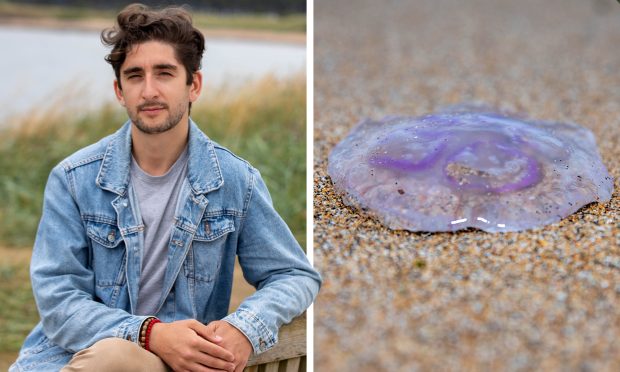
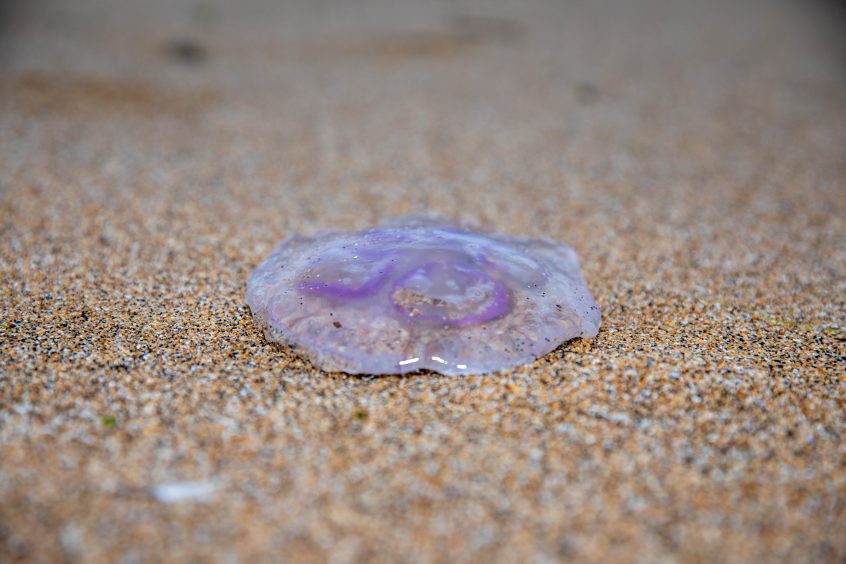
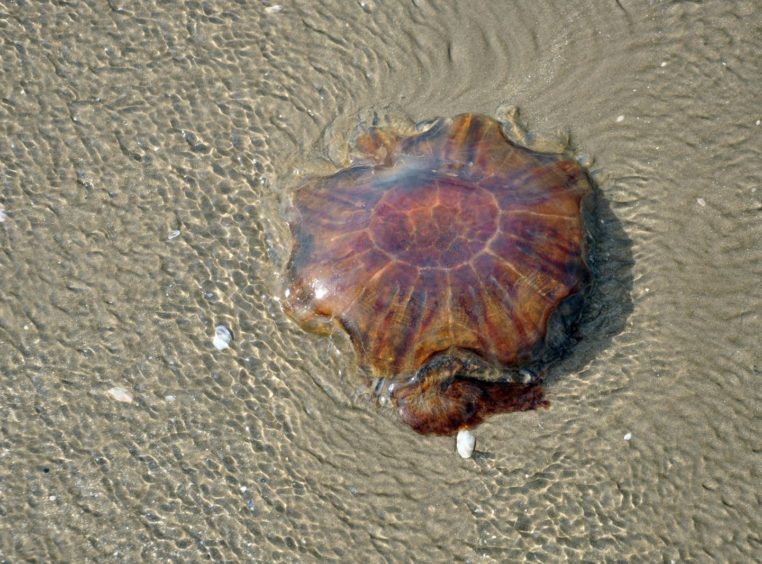
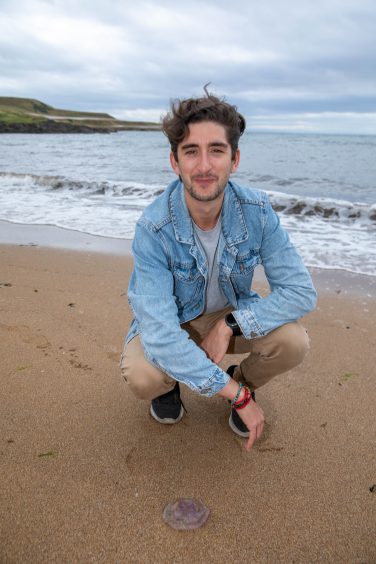



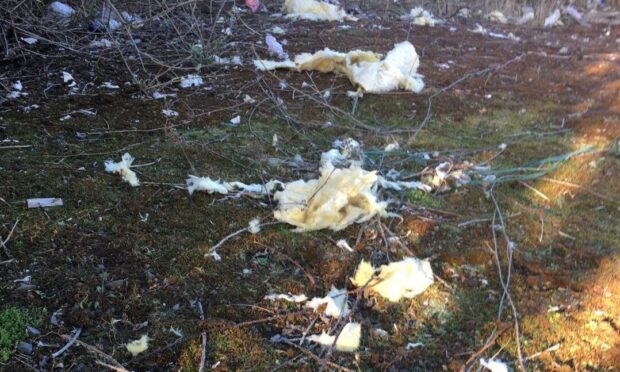







Conversation